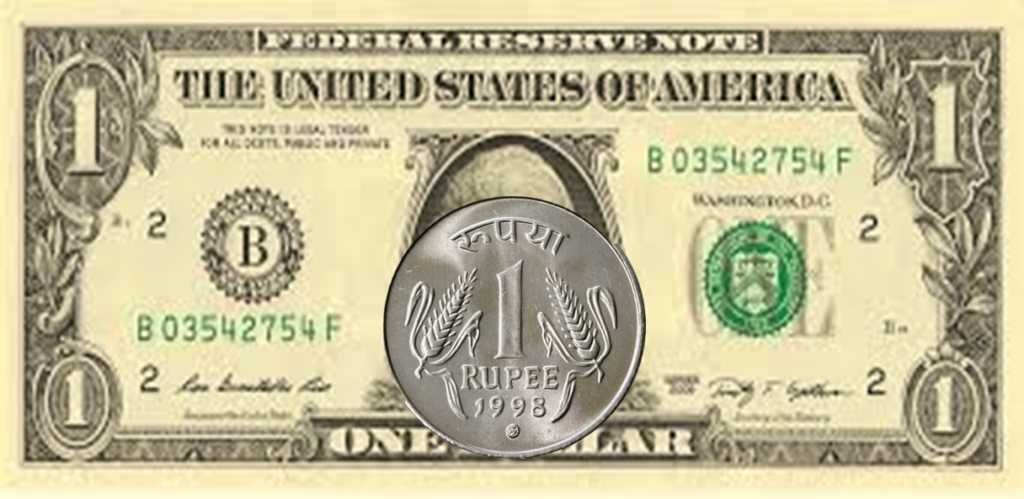Continuation of Collapse of Rupee Part 1: Amidst mayhem, credit agencies say no need to panic
The Rupee touched a historic low on Thursday due to various economic as well as political reasons. The larger question is how the price of Rupee is decided in the international market and whether depreciation of rupee is beneficial or harmful for the country. There are two types of exchange rates in the international market, the first being a pegged rate, and the other one being a floating exchange rate. Presently, most of the large economies follow the floating exchange rate model except some small countries which peg their currency to largely traded currencies like the Dollar, Pound, Euro etc. In the floating exchange rate, the value of the currency is decided like the value of any economic good, based on demand and supply, although there is some governmental control over it. Therefore, no currency is purely a floating currency because the government can manipulate the rates according to its will. In the pegged exchange rate model, the value of the currency is fixed to the currency of another nation’s.
The Indian Rupee was pegged to the British pound for a long time due to historical reasons. Now, India follows a floating exchange rate, and hence the value of the currency is decided on demand and supply, unless the Reserve Bank of India wishes to intervene to ‘correct’ the market situation. Now the fall or rise in the value of the currency is a mixed result, as there are both advantages and disadvantages. As economists say, economics is all about ‘trade-off’- if you gain something, you simultaneously lose something at the same time. There is nothing like an absolute gain or an absolute loss in economics. India is the eleventh largest importer in the world with most of the money going towards the import of crude oil and natural gas. The fall in the value of Rupee will make imports costlier for India. The oil marketing companies like Hindustan Petroleum and Indian Oil will pass the increased price to the consumer. The increased price in domestic price will lead to inflation which is not good for a country that has picked up pace recently.
The fall in the value of Rupee also makes foreign education costly because you get fewer dollars for the rupee. But, that is a worry for a small elite section of the population which could afford to send their children’s for foreign education.
Nonetheless, for the common man, the main worry is regarding inflation. The exports of the country get very competitive if the value of the currency goes down because you get more rupees for the same value of export goods. Therefore, the Information Technology sector which contributes 7-8 percent to GDP of the country will be largely benefited by rising Dollar prices. The IT industry is the backbone of Indian exports because we have an ecosystem for the industry in many Indian cities.The textiles manufacturing sector which employs a large section of Indian population will also get benefited due to a rising Dollar. Indian exports of garments is losing to products from countries like Bangladesh and Vietnam, but now with a depreciation in Rupee, the textile sector will pose a stronger competition in the international market. Countries like China and Japan keep the value of their currency low to make their exports competitive and this has enabled them to establish themselves as export powerhouses.
Given that India has such a vast population, the country could not be dependent on domestic consumption for economic growth and employment. If India aims to achieve double-digit economic growth, it has to eventually switch dependence to exports and manufacturing. Our northeastern neighbor China, which has a comparable size and population depends on manufacturing and exports for economic growth, so it has been able to achieve double-digit economic growth for last two or three decades. Therefore, the depreciation of Rupee is helpful for the country in the long run. The Rupee was overvalued for a long period because we saw it in terms of national prestige rather than grasping a pragmatic and economic outlook towards valuation of our currency. It is still overvalued and the price of Rupee should go down further if we want to make India an economic powerhouse, which can be done only by riding on the back of robust manufacturing.
